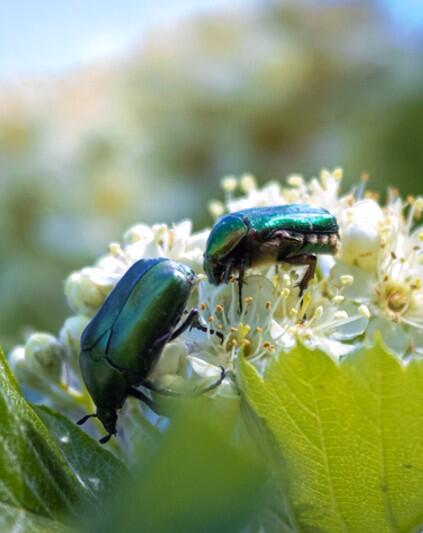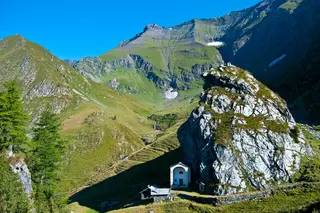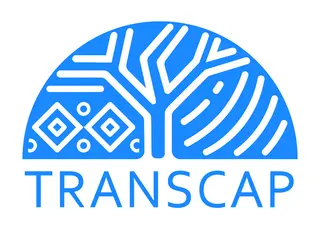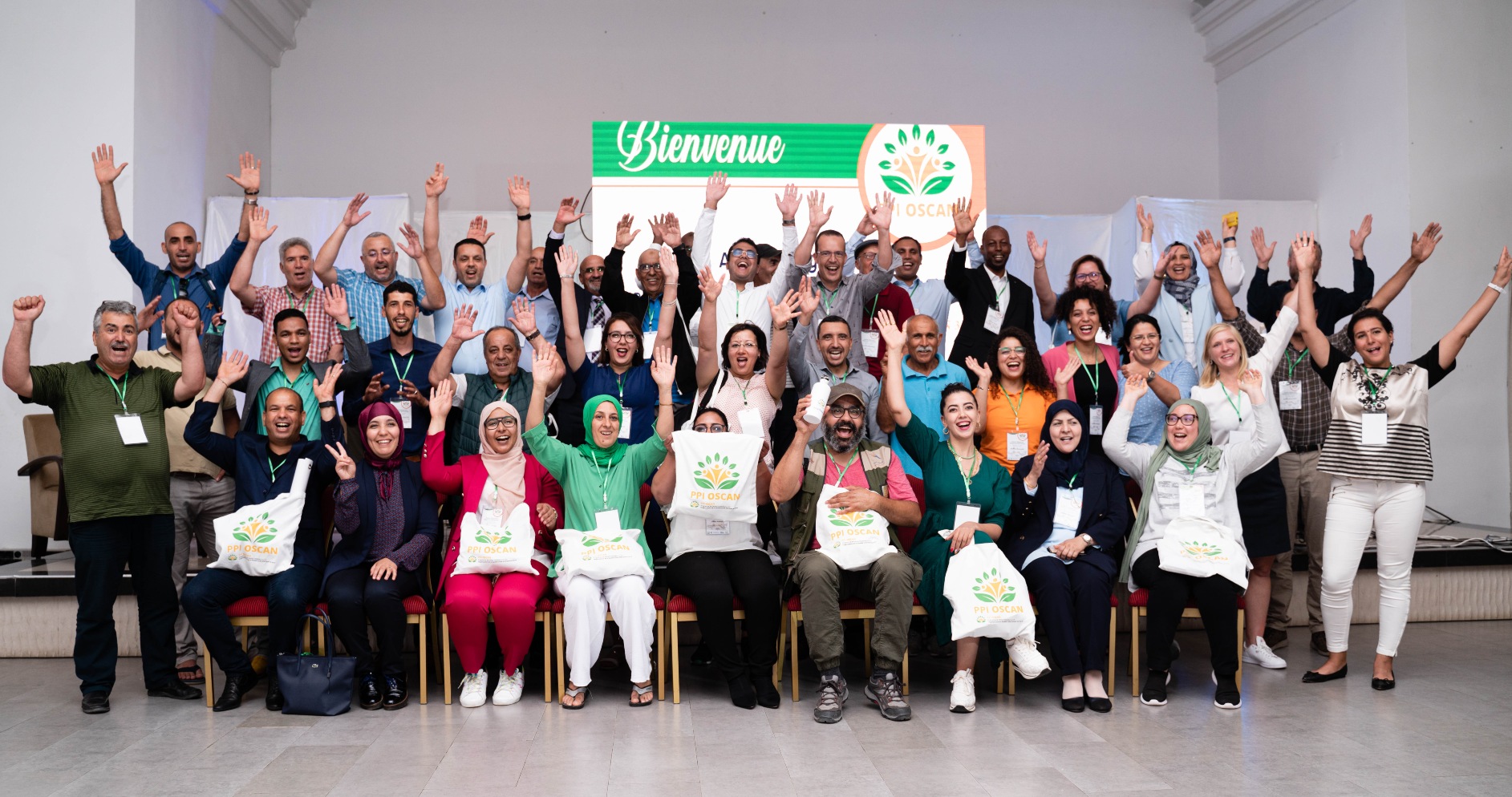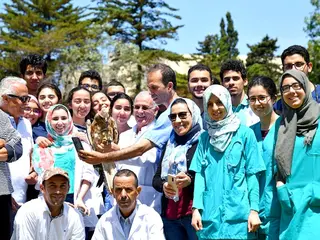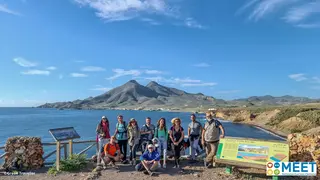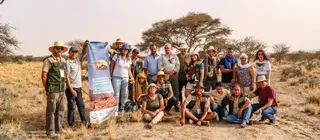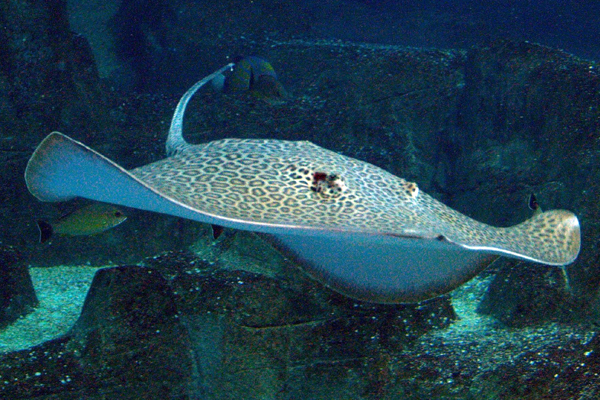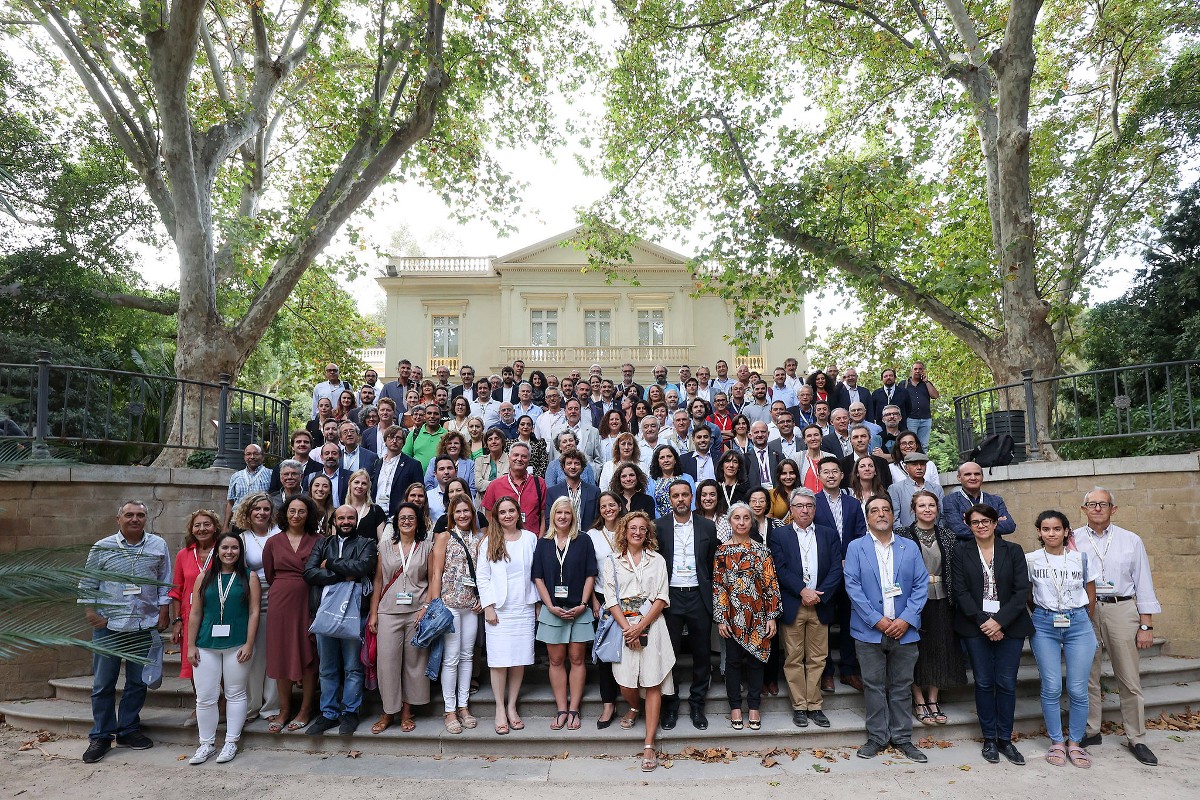The Mediterranean: a biodiversity hotspot
Despite being the world's second largest biodiversity hotspot, the Mediterranean stands as one of the most vulnerable regions to the effects of climate change. In a region where temperatures are rising 20% faster than the rest of the world, human activity is rapidly increasing the pressure on natural resources and ecosystems.
The Mediterranean is also a unique example of international governance and cooperation supported by a rich diversity of cultures, countries and voices.
